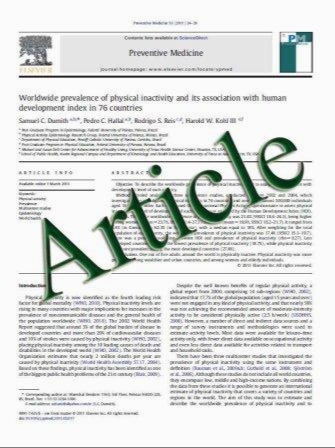Different effects of low- and high-dose insulin on ROS production and VEGF expression in bovine retinal microvascular endothelial cells in the presence of high glucose
- نوع فایل : کتاب
- زبان : انگلیسی
- مؤلف : Haixiang Wu & Chunhui Jiang & Dekang Gan & Yujie Liao & Hui Ren & Zhongcui Sun & Meng Zhang & Gezhi Xu
- چاپ و سال / کشور: 2011
Description
Background Clinical trials have demonstrated that acute intensive insulin therapy may cause transient worsening of retinopathy in type 1 and type 2 diabetes patients. However, the related mechanism still remains controversial. The purpose of the present study was to investigate the effect of insulin on the mitochondrial membrane potential (¢=m), reactive oxygen species (ROS) production, UCP-2 and VEGF expression in bovine retinal microvascular endothelial cells (BRECs) in the presence of normal or high glucose and the related mechanisms. Methods BRECs were isolated as primary cultures and identified by immunostaining. Passage BRECs were initially exposed to normal (5 mM) or high glucose (30 mM) for 3 days, with equimolar L-glucose supplemented for osmotic equation. Then the cells were treated with 1 nM, 10 nM, or 100 nM insulin for 24 h: ¢=m and ROS production were determined by JC-1 and CM-H2DCFDA, respectively. Expression of UCP-2 and VEGF mRNA was determined by real-time RT-PCR; expression UCP-2 and VEGF protein was determined by Western-blotting analysis. A general ROS scavenger N-acetylcysteine (NAC, 10 mM) and an NADPH oxidase inhibitor apocynin (1 mmol/l) were added 1 h before treatment with 100 nM insulin. Results Insulin increased ¢=m, ROS production, and expression of UCP-2 and VEGF in BRECs at normal glucose (5 mM) in a dose-dependent manner. Low-dose insulin (1 nM) decreased ¢=m, ROS production, and UCP- 2, VEGF expression in BRECs at high glucose (30 mM); and high-dose insulin (10 nM, 100nM) recovered ¢=m, ROS production, and UCP-2, VEGF expression. Pretreatment of cells with NADPH oxidase inhibitor apocynin significantly suppressed 100 nM insulin-induced ROS production (p<0.01, one-way ANOVA). Pretreatment of cells with ROS scavenger N-acetylcysteine completely blocked insulin-induced UCP-2 expression (p<0.01, oneway ANOVA) and significantly suppressed VEGF expression (p<0.01, one-way ANOVA). Conclusions High-dose insulin-induced ROS production and VEGF expression in BRECs in the presence of high glucose might be one of the reasons for the transient worsening of diabetic retinopathy during intensive insulin treatment.
Graefes Arch Clin Exp Ophthalmol DOI 10.1007/s00417-011-1677-x Received: 13 December 2010 / Revised: 21 February 2011 / Accepted: 25 February 2011


